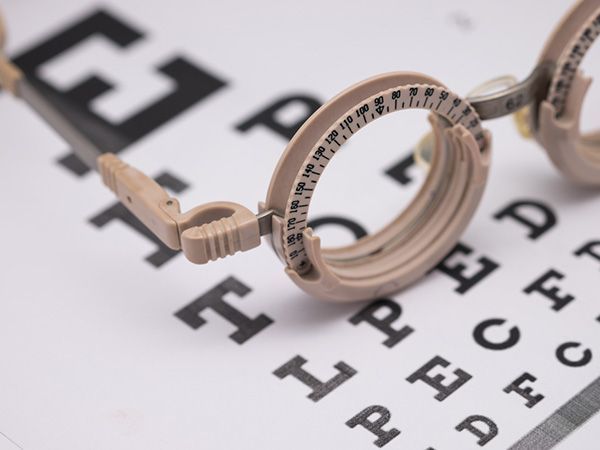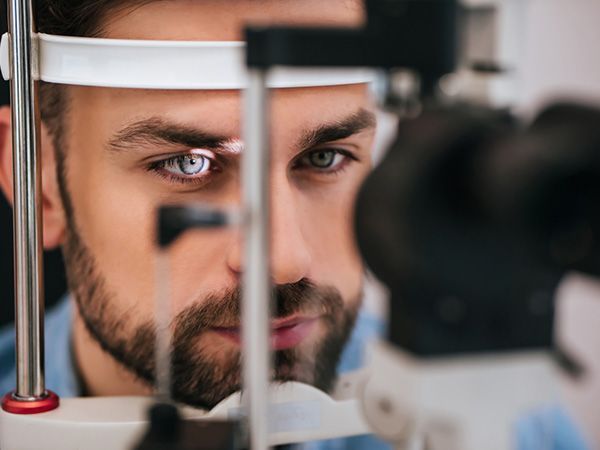We are equipped to serve the vision needs of everyone in your family.
Yes!
We examine kids!
We love kids and have specialized testing to make sure they are not only seeing clearly but comfortably.
Many young people think they see the world “normal”. However, they may see shadowed images or poorly resolved images. They may be over focusing. Their eyes may not be working well together. Any of these challenges may result in trouble with reading, headaches, and eye strain.
If you feel your child is having trouble with their vision, schedule an appointment! Otherwise, our Academy of Optometry recommends a comprehensive vision exam before a child starts school (typically around ages 3 to 4 years old).
This is the most common vision challenge amongst adults is near vision difficulty. Typically, this is caused by Presbyopia. Presbyopia onset is due to protein changes of the internal lens in the eye.
There are many options to help restore near vision; not just glasses. We would enjoy the opportunity to discuss these options with you further.
Cataracts? Macular Degeneration? Diabetes? Glaucoma?
All of these diseases are screened for at every comprehensive eye exam.
We are kind of tech nerds… We invest in the latest technologies to help screen and manage ocular disease.
Some of our favorites are an Optical Coherence Tomographer (OCT), Corneal Topographer, Humphrey Visual Field, and Optomap.
Think of an Optical Coherence Tomographer (OCT) similar to a CT scan of the eye. This instrument can visualize ocular tissue at a micrometer level. It helps detect the earliest signs of Glaucoma and Macular Disease.
Some corneal disease can easily go missed, but Corneal Topography allows us to see if there are any irregularities of the front surface of the eye. Not only does it help explain why some people have poorly adapted to contact lenses, it also helps us fit custom contact lenses.
It’s important to know how wide our field of vision is, but also how sensitive our vision is. The Humphrey Visual Field helps us to quantify both of these. It is the gold standard for managing Glaucoma disease and also detecting strokes and other brain lesions.
It can be very difficulty to look in the back of the eye without proper tools. The OPTOMAP allows us a 270-degree view of the back of the eye, the retina. We mostly use it as an excellent screening tool for ocular disease. We also love the fact that it gives us a digital record of the retina and we can better monitor changes from year to year.




